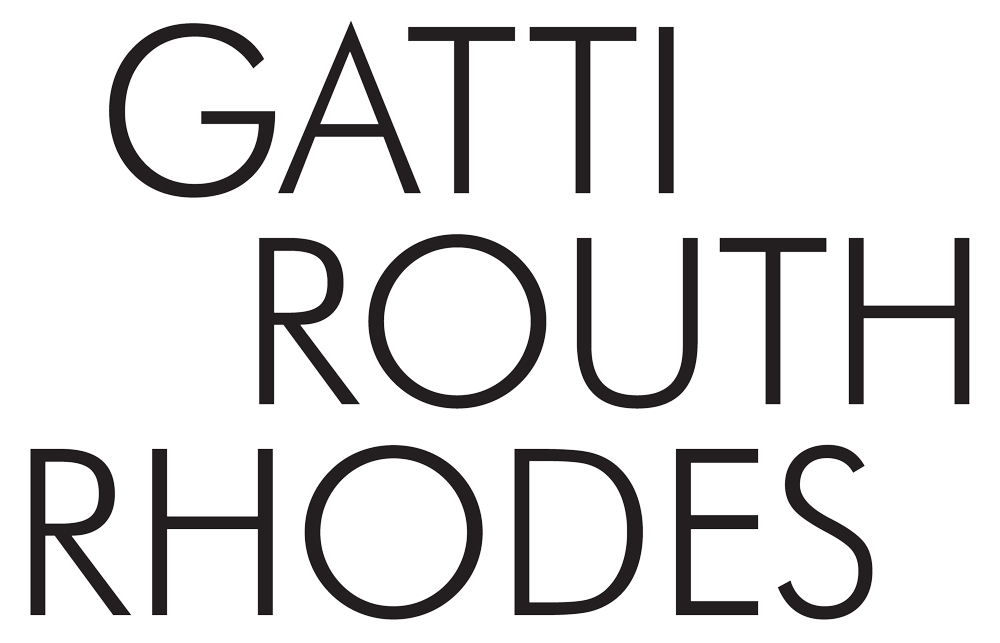Sacred Geometries: An Exhibition In Search Of An Angle
Read Richards’s original article on Building Design.
Richard Gatti reviews a show where architectural photographers are cast as high priests, but finds them more interested in shapes than symbolism
One might imagine that an exhibition entitled Sacred Geometries would examine such Renaissance preoccupations as the representation of the eternal God through the endlessness of circles and spheres and contrast it with man’s rationality, represented by more finite straight lines and squares. In truth the exhibition is more about the appearance of geometry within architecture, whether sacred or not.
It showcases the work of seven architectural photographers/practices. It explores the personal side of their work: the pieces read, in the main, as personal artistic projects rather than architectural commissions. That said, the photographs I enjoy most correspond to the architects whose work I admire: there is a confluence of feeling and character.
So I admired Hélène Binet’s calm, almost painterly black and white images of Zumthor’s baths at Vals, stripped down to a vertical plane of those long quartzite slabs with a single rectangular opening - more an absence of wall than a doorway - and the water itself dominating the horizontal plane, a few wisps of steam the only bridge to this rigorous divide.
In contrast, the multi-coloured, highly reflective, chaotic images of Amanda Levete’s MAAT in Lisbon, and the eerily similar images of the Portuguese pavilion at Zaragosa 2008 (by Campos Costa Arquitetos) - both presented by Fernando Guerras - left me cold, but then I won’t hurry to visit either building. Should these be more to your taste, it seems likely the photographs will appeal more.
Paul Raftery and Dan Lowe’s film of St Stephen’s Wallbrook is the closest the exhibition comes to its ambitious title. Wren’s church is very consciously constructed from Platonic solids (a hemisphere above a near cube, the columns of which define the dimensions of the nave, and the geometric obsession is all the more evident now Henry Moore’s altar is installed centrally, directly beneath the lantern). Here it is filmed with such meticulous care that that only the slight nodding of the silver chandelier and the very occasional crack alert you to the fact that this is a real building - not a highly detailed rendering.
All in, this brief exhibition demonstrates a range of approaches and is well worth a visit, even if it doesn’t quite fulfill the promise of its billing.
